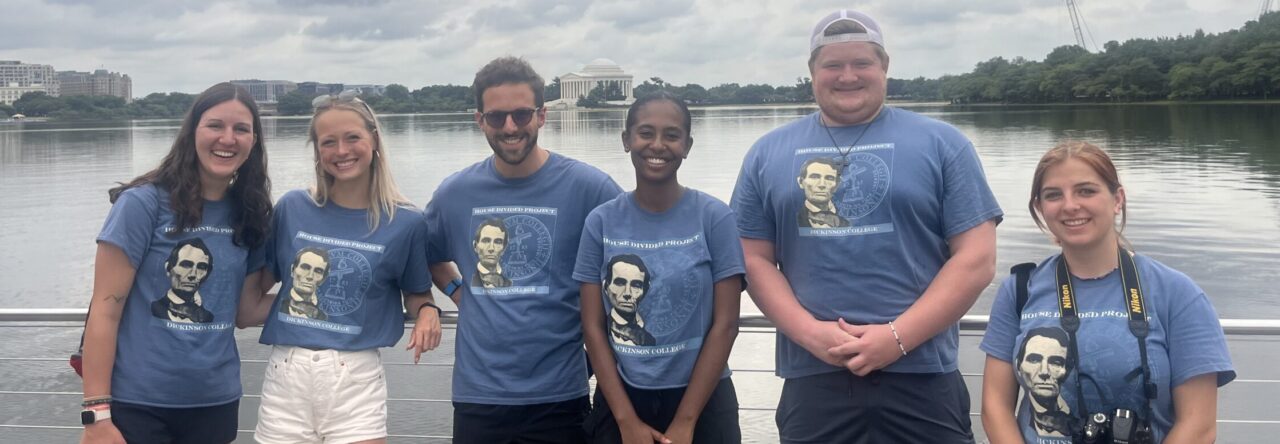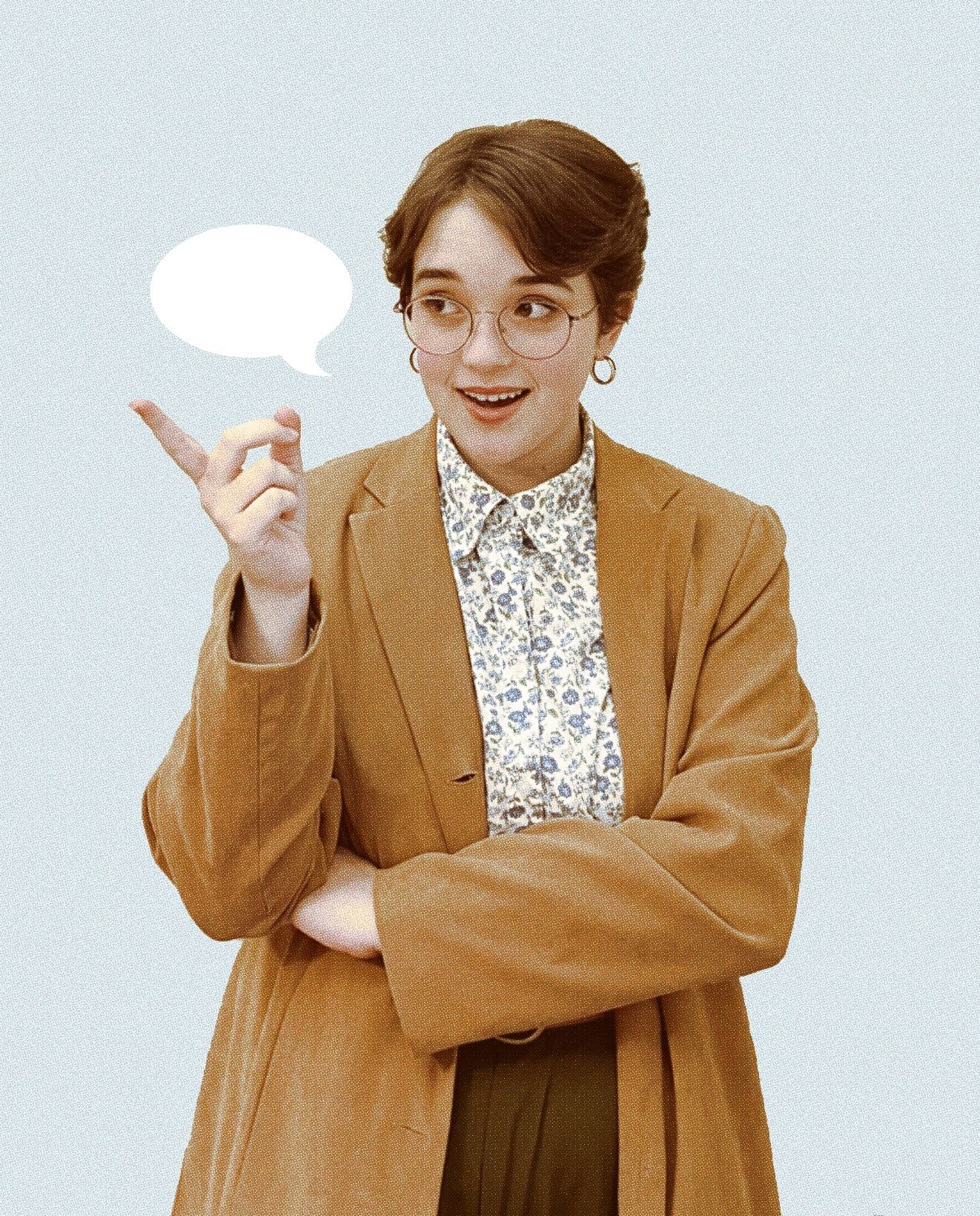text, context, subtext.
That’s the formula for your Close Reading essays, but what exactly does it mean? When I wrote my sample essay, I initially struggled to nail the organization. So in this post, I’ll expand upon this “text, context, subtext” essay structure and provide advice on how to write and refine your papers.
Introduction
Begin with a short intro paragraph. Don’t dive too deep into background here, but briefly summarize the context of your literature. Include the author and setting in which it was written, and mention any major event or circumstance that would have been a primary influence on the text, but keep in mind that you will go into much more detail in your “context” section. Wrap up your intro paragraph with a clear analytical thesis statement that addresses the author’s intent and strategy.
Text
Don’t overthink this section. This is a literal overview of your text, so don’t bury it in analysis. Summarize the structure– this could mean the number of pages, stanzas, lines, etc. (the level of specificity can depend on the length of your text and the importance of structural details). And summarize how the work is organized: describe its major themes or topics and how it moves between them. You can include a couple brief insights on the author’s rhetorical technique, such as the use of major/recurring metaphors or themes, but don’t write an IB English paper.
Context
Consider beginning your context section with a bit of background on your author. Where are they from? What circumstances did they grow up in? How did they get to this point? Also discuss the context of your specific text. What historical events or circumstances informed it? Why did the author write it? What was its relationship to the culture of the time?
Subtext
This is where most of your analysis will be. Discuss authorial intent and go deeper into how the author’s circumstances influenced their writing. Try to make connections (compare/contrast) to other readings you have done for the course– you could also start doing this in the context section and then expand on it here.
Conclusion
In addition to reinforcing your thesis, consider turning towards the future a bit with your conclusion. How did/might things change since the text was created? What insight might the text give us in that respect? Or what place might it have in the modern culture?
Editing Advice
- Always try to avoid passive voice. Passive voice is when the subject of a sentence is acted on by a verb rather than performing an action itself (for example: “His request was dismissed.” vs. “His boss dismissed his request.”) There are several reasons for avoiding this, but the main one always given by Prof. Pinsker is that it obscures the actor in the sentence. If you say “His request was dismissed,” you’re omitting the important detail of who dismissed the request.
- Look for phrases that could be streamlined. Many of us habitually fluff up our writing with extra words that don’t aid us in communicating our ideas. For example, take the sentence: “It was bright, warm, and sunny on the Fourth of July last summer, and there were many people who celebrated outside.” a more concise and equally communicative version of this sentence could look something like: “Many celebrated last Fourth of July outside in the summer sun.” Be cautious of those “it is”/”It was”/”there were” phrases making your writing extra wordy, and look out for details that are redundant (like “bright” and “warm” being used in addition to “sunny”).
Heed the assignment page and advice posts for your Close Reading assignments, but don’t completely abandon your own authorial voice or style. Write an essay that only you can write– arguably the most valuable part of your academic writing will be the perspective that you bring to it.
You’ve got this!


Leave a Reply